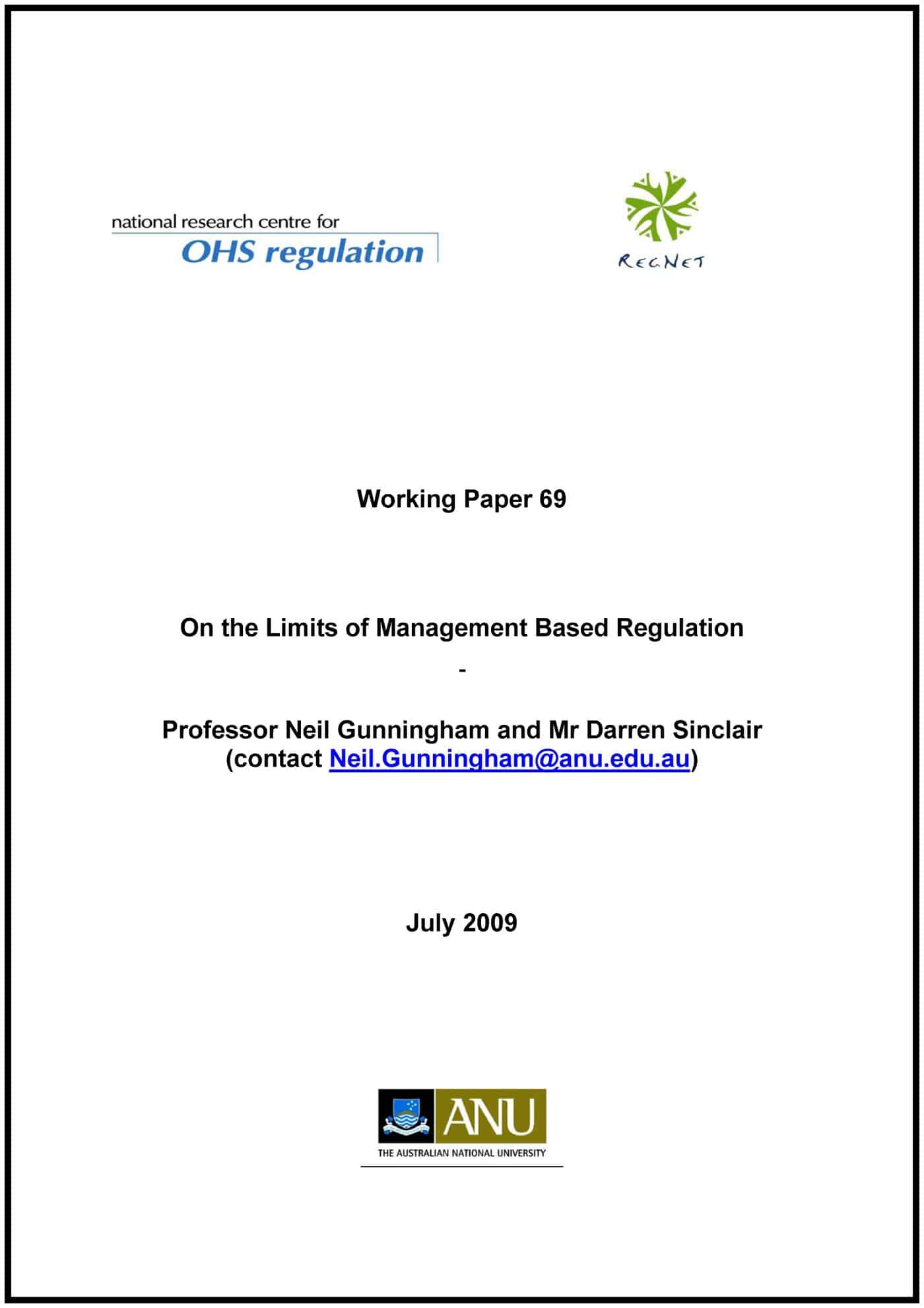The South Australian Industrial Court made three decisions in late July 2009 that are useful cases to look at in order to promote improved health and safety practices but also, in one particular case, to note the approval and endorsement of the judge in the post-incident actions of the employer.
As the SafeWork SA media notice states
“All received 25 per cent discounts from their fines in recognition of their guilty pleas, cooperation, contrition and remedial action to improve their safety systems.”
Case 1
“Bluebird Rail Operations Pty Ltd was fined $30,000 over an incident at its Kilburn workshop in March 2007. A worker’s arm was crushed beneath a 1,500 kilogram sidewall, which broke loose when a lifting lug failed as it was being lifted to a rail freight wagon under construction.
The court heard that SafeWork SA’s investigation revealed deficiencies in the equipment used, the work processes and the communication channels.
While the worker suffered permanent and debilitating injuries, his employer provided ongoing support including education and training. The employee returned to work after several months and has been promoted within the organisation.”
This case reports a surprisingly short rehabilitation period for a crushed arm. The words of Magistrate Lieschke should be of considerable note to those OHS professionals who want their clients and companies to go beyond compliance.
“I accept that Bluebird Rail facilitated Mr Sewell’s return to work, in accordance with its legal obligations to provide vocational rehabilitation. I accept that Bluebird Rail has gone beyond its minimum legal obligations and has provided further re-education support to Mr Sewell, sufficient for him to complete a Diploma in Project Management and for him to now be studying an engineering degree at university. The degree course is being funded by Bluebird Rail. That is commendable support. Mr Sewell has been promoted and is now working as an assistant project manager.”
Case 2
“International Tastes Pty Ltd was fined $20,250 today after an incident in which an employee had his arm caught in the rotating blades of a pasta-making machine at the company’s Glynde premises in January 2007.
The court was told that the employee was taught to operate the machine with the safety guard open, the interlock switch which would have stopped the machine from operating in such cases was not working, and no safety checks or procedures were in place for either the machine or the tasks involved with its use.
The 24 year old victim suffered fractures, lacerations and nerve damage resulting in a number of operations and considerable pain and suffering. He has since returned to work interstate with a related company.”
Safety professionals constantly argue for interlocks that cannot be bypassed. This case shows that the relatively young worker suffered considerably from the incident and has moved interstate to continue with his career.
The judgement raises issues of deep concern to OHS professionals in relation to the level of supervision and induction required for workers and the perennial issue of machine guarding. The judgement reports the circumstances of the incident:
“On 23 January 2007 [Mr B] suffered serious right arm injuries while operating a pasta making machine in accordance with a method he had recently been taught. He had received on the job training only and was not given the benefit of any written work procedures. He had been taught to work in close proximity to unguarded rotating blades.
While using a two litre plastic container to collect pasta mix from the machine the container came into contact with the exposed rotating blades of the adjacent mixing bowl, which in turn dragged his right arm into the blades.”
Case 3
“Central Glass Pty Ltd was fined $9,375 having been prosecuted over an incident in February 2007 at its Salisbury factory, where it makes aluminium window components.
Two workers were manually lifting a slippery steel die weighing 95 kilograms to place it in a press. In doing so, the die slipped crushing the fingertip of one worker and narrowly missing their feet as it fell to the ground from about waist height.
SafeWork SA told the court there were no safety procedures for the task and the injury could have been averted through the use of mechanical lifting gear, which was later purchased.”
This case can relate to the concept that existed for some time in Australia of a “safe lifting weight”. This concept has been shown to be a myth as it focuses on only one part of the work process and assumes that the particular lift is outside the other lifting actions that a worker may have been performing previously. It also assumes that everyone has a similar lifting capacity.
The judgement of this case provides more detail
“On 16 February 2007 Central Glass Pty Ltd unnecessarily exposed its employee [Mr R] to a risk of serious injury at work.
With the help of another worker [Mr R]was required to manually lift an oily 95kg steel die from ground level and place it in a close fitting slot in a press at about waist height. While doing so the die slipped and crushed one of [Mr R’s]fingers. The die then fell to the ground narrowly missing the feet of [Mr R]and of his colleague. [Mr R] suffered a crush injury to the tip of his left middle finger.
Central Glass had not previously carried out any hazard identification and risk assessment process in relation to changing and fitting dies. It did not have any safe work procedure for this task and did not provide adequate safety control measures such as mechanical lifting assistance.”


